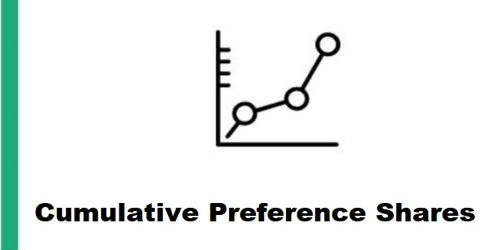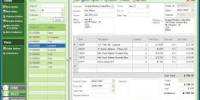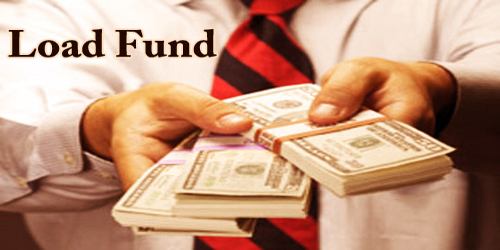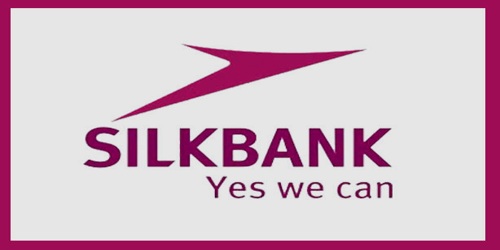Cumulative Preference Share is a preference share whose annual fixed-rate dividend if it cannot be paid in any year, accrues until it can. These shares include a provision that requires the company to pay all the dividends, including those that have been outstanding in the past, before the equity shareholders can receive their dividend payments. It is a type of preferred stock with a provision that stipulates that if any dividend payments have been missed in the past, the dividends owed must be paid out to cumulative preferred shareholders first. These dividend payments are guaranteed but not always paid out when they are due. Unpaid dividends are assigned the moniker “dividends in arrears” and must legally go to the current owner of the stock at the time of payment.
Most preference shares have a fixed dividend, while common stocks generally do not. Preferred stock shareholders also typically do not hold any voting rights, but common shareholders usually do. This is before other classes of preferred stock shareholders and common shareholders can receive dividend payments. At times additional compensation by way of interest on the outstanding dividends is awarded to the holder of this type of preferred stock. In contrast, holders of the cumulative preferred stock shares will receive all dividend payments in arrears before preferred stockholders receive a payment.
In the case of cumulative preferred shares, the issuing company has to keep track of and payout dividends first to preferred shareholders in the event dividends were not paid for previous years. These shares give the shareholder a right to dividends that may have been missed in the past. Dividends are paid by companies to reward shareholders.
Cumulative preference shares give the holder the right to dividends that may have been missed, or reduced, in the past. Companies may pay reduced dividends, or even halt paying dividends for a time, and when they resume then cumulative preferred shareholders must receive all the dividends in arrears, before holders of common shares can receive dividends once more.
For example, suppose a company issues cumulative preference shares worth $ 1,000 each, promising to pay out 10 percent annually. In Year One, the economy is in good financial health and pays out its dividend in full, meaning the cumulative preferred shareholder gets $ 100. But in Year Two, the economy slows down and the company can only afford to pay out half the dividend, which is $ 50.
In Year Three, the business environment worsens and the company halts dividend payment. The total due to the shareholder is now $ 150 ($ 100 for the third year and balance $ 50 from the second year). In Year Four, the economy rebounds and resumes dividend payments. The cumulative preferred shareholder must be paid $ 150 in arrears, plus a Year Four dividend of $ 100. Cumulative preferred shareholders must be paid before the company can pay a dividend to other classes of shareholders.
















